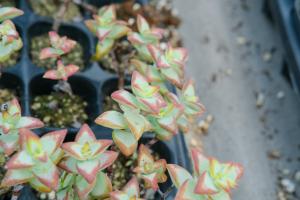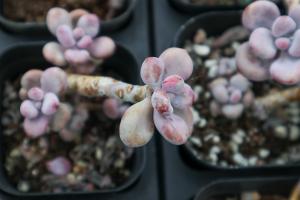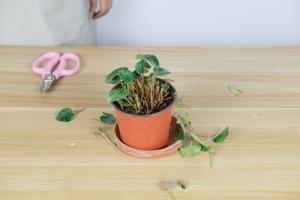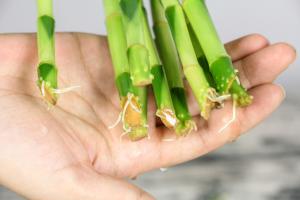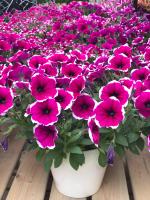1、 What about the newly bought cloves
When the clove is just bought back, you need to cut off the rotten roots and withered branches and leaves, then sterilize all the cuts with carbendazim solution, and finally dry it in a warm and well ventilated place, and then select the appropriate basin soil and put it into the basin
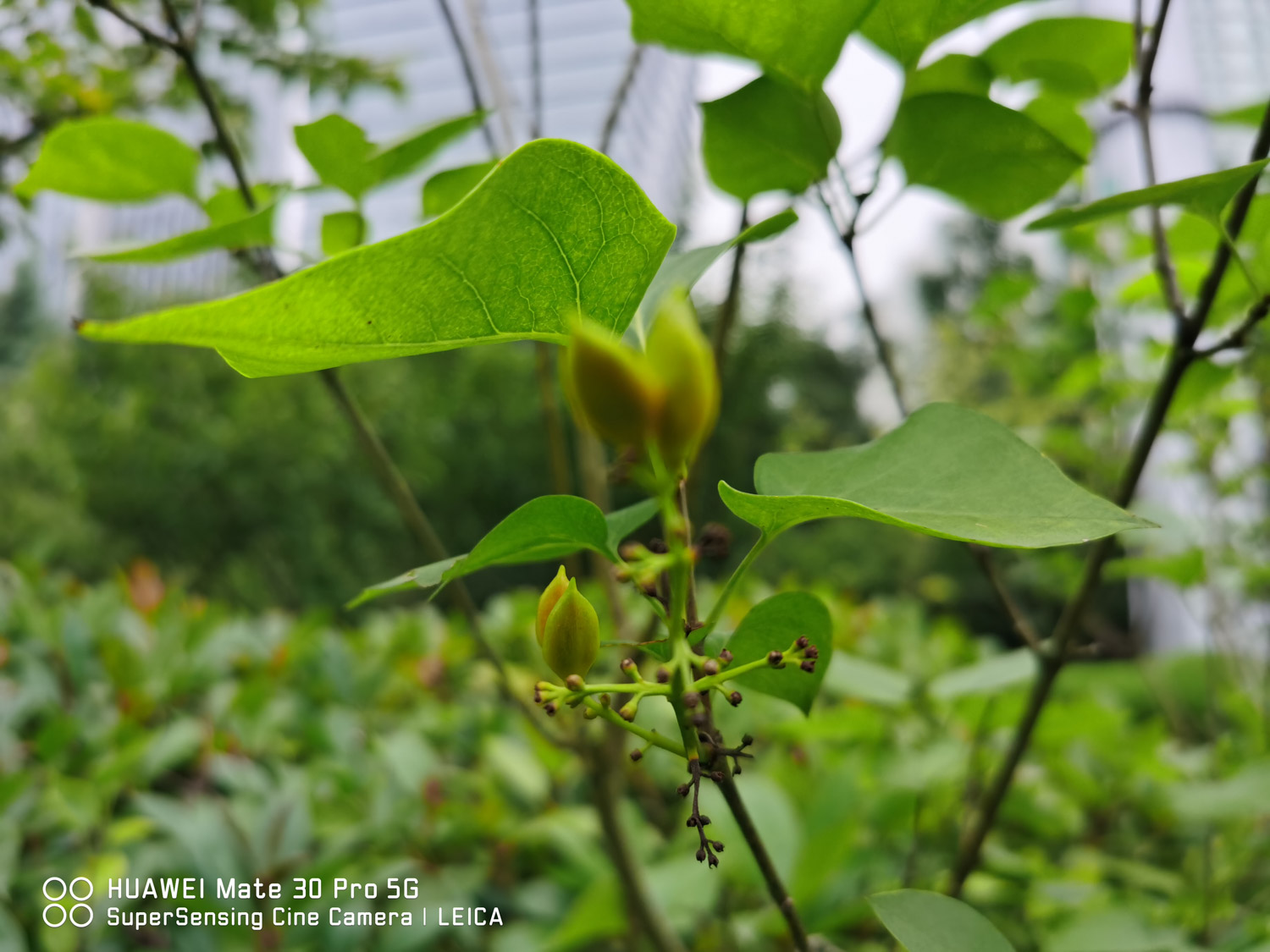
2、 How to breed the cloves just bought
1. Temperature: it is suitable for growing in a warm environment. When it is bought back, it needs to provide an environment of about 22 ℃ for it to grow. It is not resistant to cold and high temperature. After it returns to normal growth, it also needs to control its growth temperature. In case of high temperature in summer, it needs to be properly shaded and watered for cooling. In case of low temperature in winter, thermal insulation measures should be taken in advance
2. Soil: after it is just bought back, it needs to choose a suitable pot soil for it. It is best to use a deep pottery pot for flower pot maintenance, and the soil can be loose and breathable sandy soil
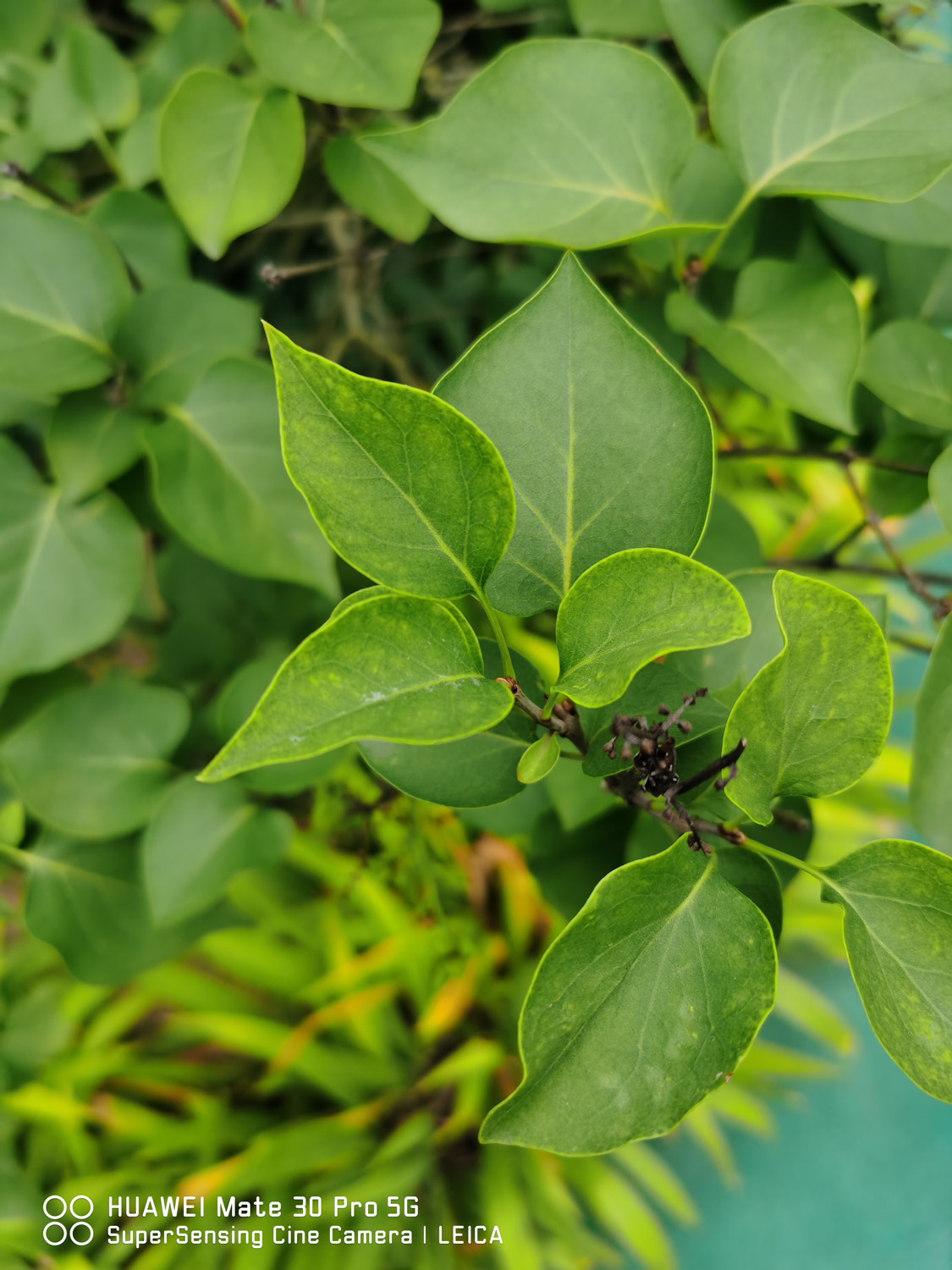
3. Watering: it hasn't started to grow normally since it was just bought back, so it can't be watered too often. It's best to water properly to keep the soil slightly wet. After it returns to normal growth, it can be watered normally
4. Light: it is a light loving plant, but it is not suitable for long-term exposure. Therefore, when you first buy it, you need to put it in a place with scattered light for maintenance. After it gradually adapts to the new environment and returns to normal growth, you can give it sufficient light. However, in summer, in order to avoid burning flowers and leaves, appropriate shading treatment is needed
5. Fertilization: it doesn't like fertilizer very much, but fertilization is also essential in the process of maintenance. When I first bought it, I didn't adapt to the new environment, so I need to suspend fertilization. After it returns to normal growth, I can apply rotten compost once a year or before the winter of the next year. It should be noted that nitrogen, phosphorus and potassium fertilizer should be applied after flowering, which can facilitate better flowering in the coming year
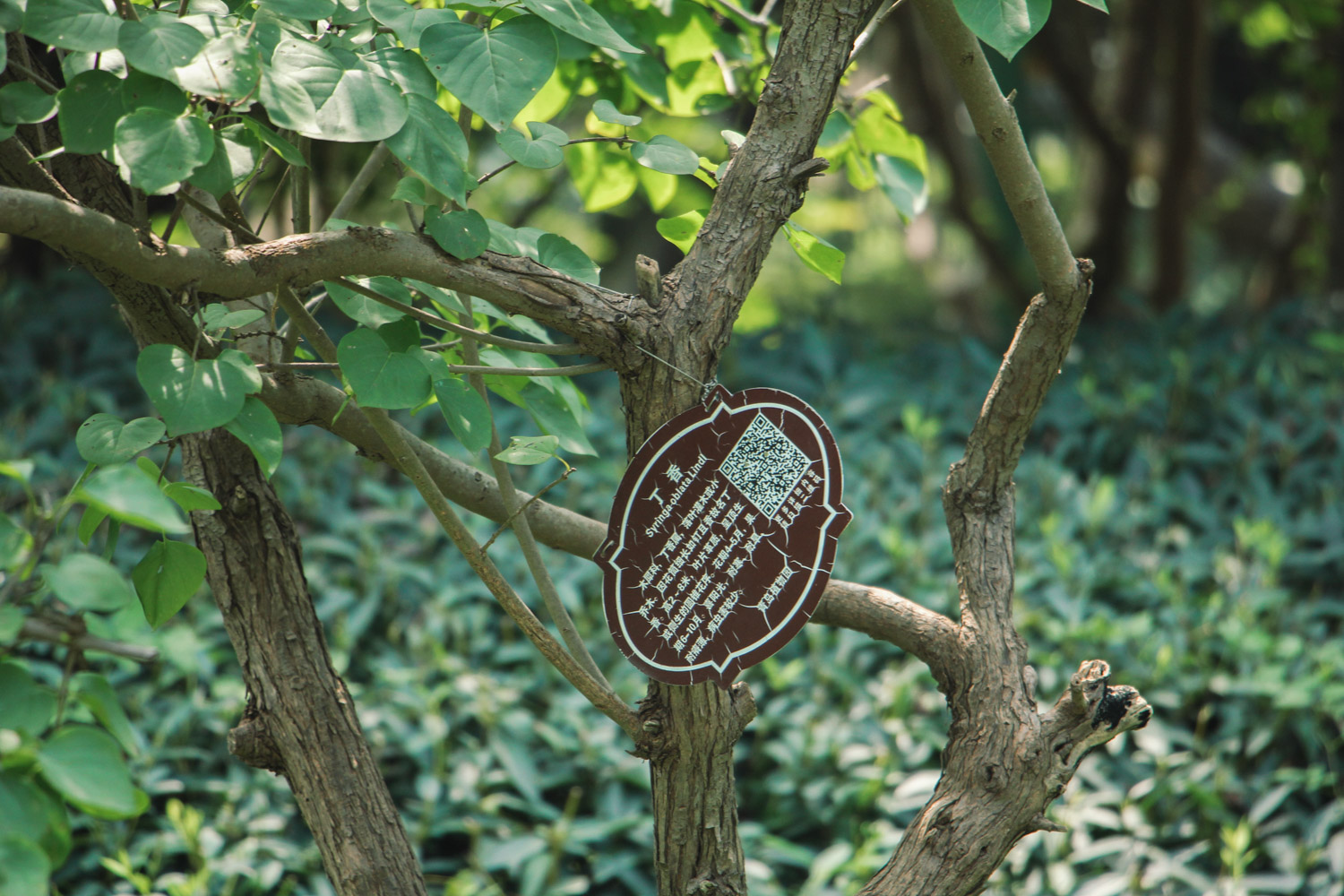

 how many times do yo...
how many times do yo... how many planted tre...
how many planted tre... how many pine trees ...
how many pine trees ... how many pecan trees...
how many pecan trees... how many plants comp...
how many plants comp... how many plants can ...
how many plants can ... how many plants and ...
how many plants and ... how many pepper plan...
how many pepper plan...